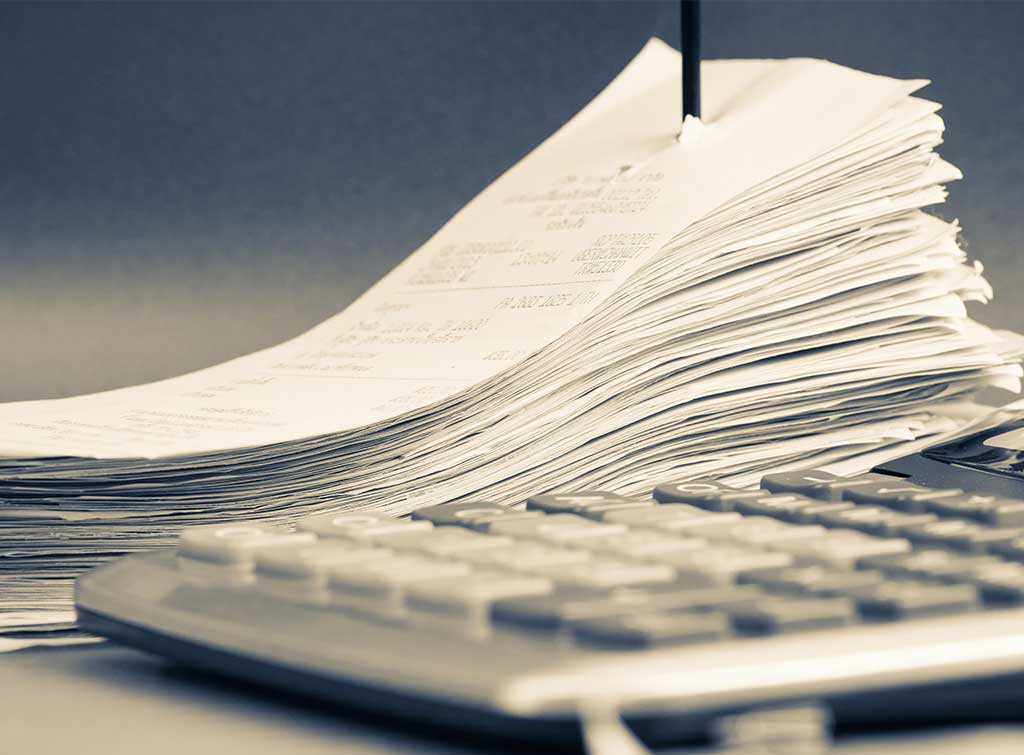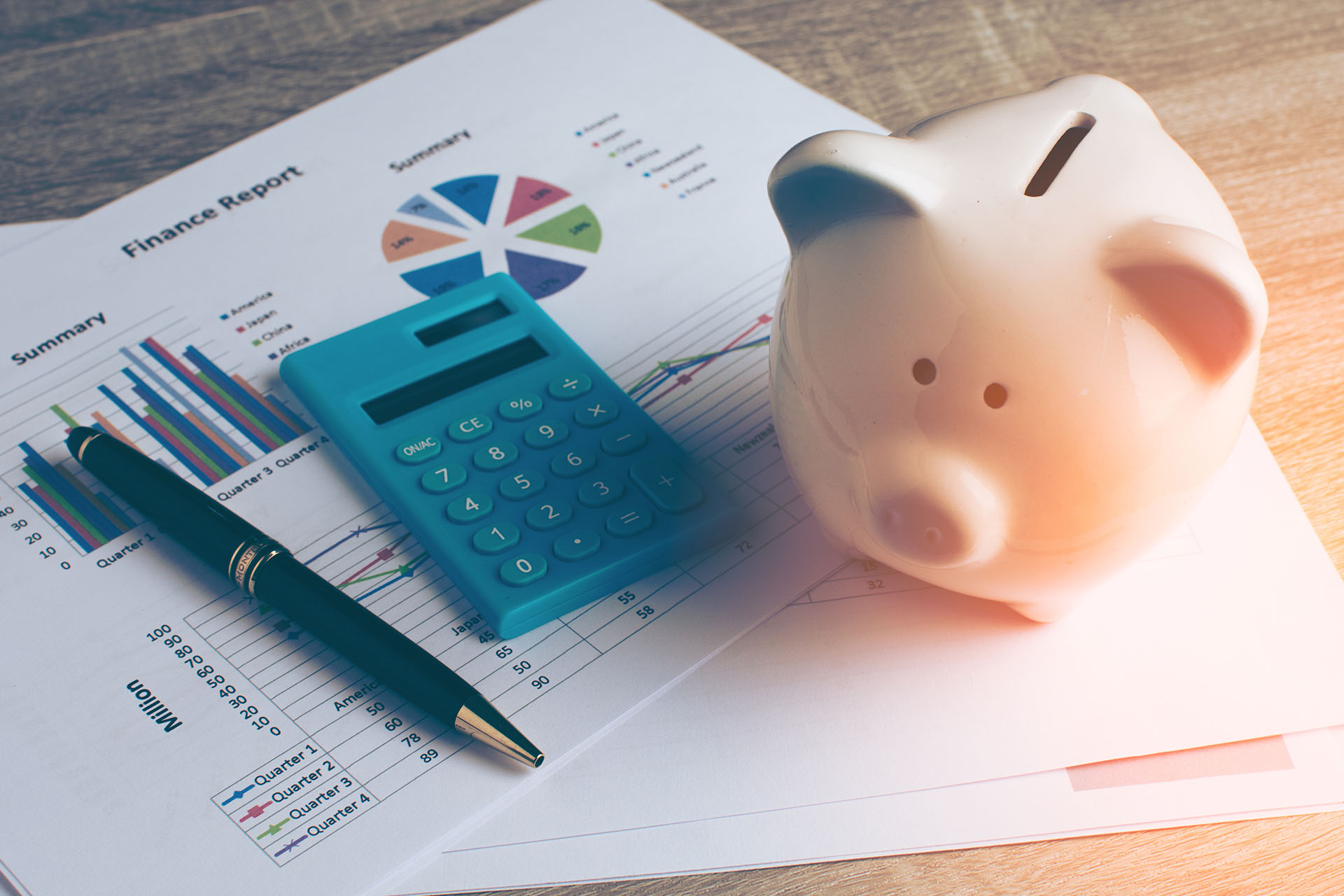Blog>Trade>Finance>What are dividend tax rates?
Last updated: 22 June 2023
What are dividend tax rates?
Tradespeople operating as a limited company need to know about the new dividend tax rates. With the tax-free allowance for dividend income changing, this article looks at the key points.
Tradespeople who set up a business as a limited company face new dividend tax rates. It’s not just tradespeople who own their companies that are affected.
Anyone who invests in shares and receives dividend income should be aware of the new tax on dividends. This relates to changes in the tax allowance on dividends.
What is a dividend?
Limited companies can pay dividends to their shareholders. For larger limited (Ltd) and public limited companies (PLC) issuing shares is a way of raising money to run the business.
Dividends are how they reward shareholders for investing in their company. Limited companies set up by tradespeople can pay dividends to their shareholders, who are usually the business owners.
Why do tradespeople set up limited companies?
There are three main ways to run a business.
Sole trader
Partnership
Limited company.
A limited company has shareholders (at least two). Typically, a tradesperson will be one of the shareholders in the company they set up.
There are certain advantages to running your business as a limited company. One is that you can receive income in a combination of dividends and a salary.
Dividends are a tax-efficient way of taking income from a business. You pay a lower rate of income tax on dividends than a salary.
As a business owner and shareholder, you don’t pay National Insurance on your dividend income.
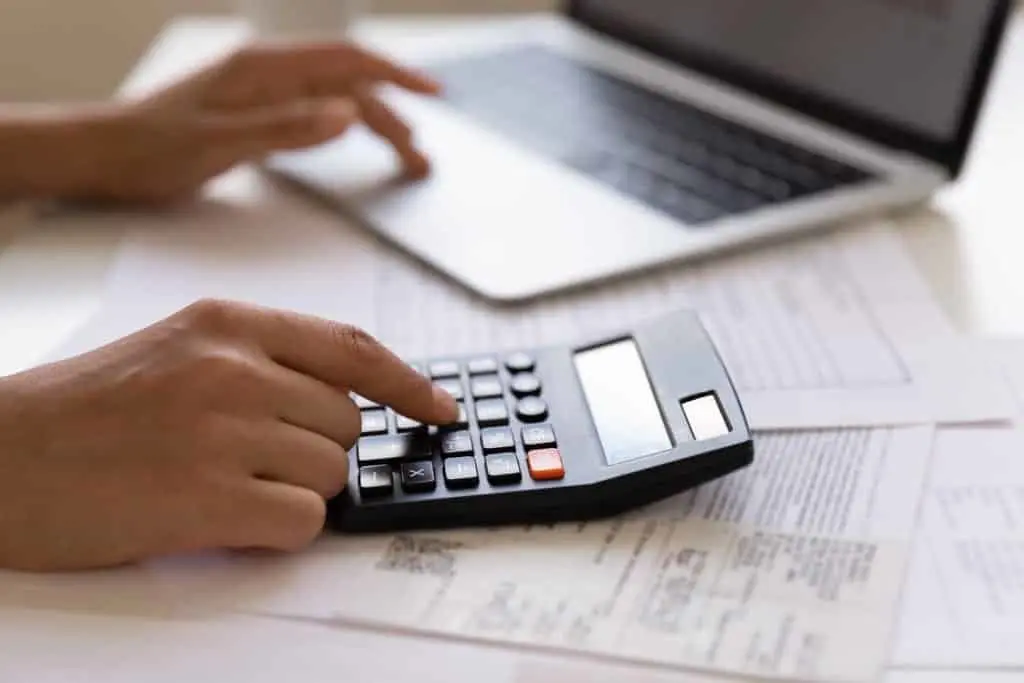
Why are dividends taxable?
Dividends are a type of income. Like most income, you have to pay tax on what you receive in dividends.
The amount of tax you have to pay on dividend income depends on your total taxable income.
What are the new dividend tax rates?
From 6 April 2023, the tax-free allowance for dividend income was reduced from £2,000 to £1,000. It means that you don’t have to pay tax on dividends you receive up to £1,000.
From 6 April 2024, the new dividend tax rules will mean the tax-free allowance will fall to £500.
The tax-free dividend allowance of £1,000 is in addition to your Personal Allowance of £12,570.
Get help managing your company finances
Checkatrade members get an exclusive deal with Powered Now
What are the dividend tax rates?
The new dividend tax rates for the year to 5 April 2024 are unchanged from the previous tax year to 5 April 2023.
Your dividend tax rate depends on what tax band you are in for all your income (including dividends).
The income tax rate bands are:
Taxable income up to £12,570: no tax (this is your Personal Allowance)
Taxable income from £12,571 to £50,270: basic rate of 20%
Taxable income from £50,271 to £125,140: higher rate of 40%
Taxable income over £125,140: additional rate of 45%
Like general income, there are three tax bands for dividend income: basic rate, higher rate and additional rate.
The dividend income tax bands are:
Up to £1,000: no tax (this is your dividend tax allowance)
Basic rate tax for dividend income: 8.75%
Higher rate tax for dividend income: 33.75%
Additional rate for dividend income: 39.35%
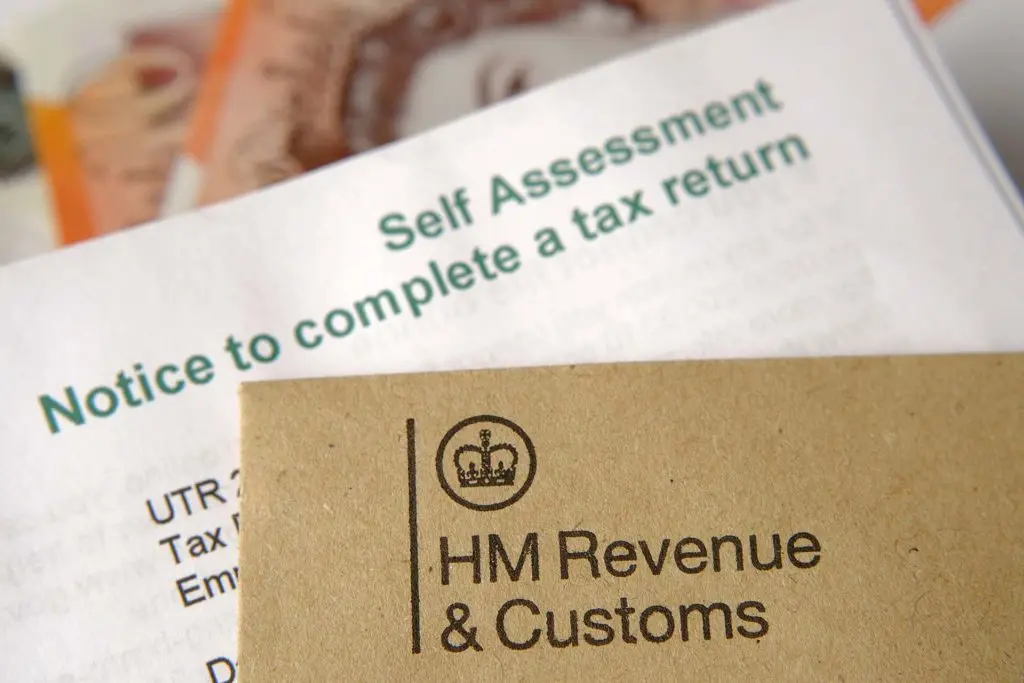
How to calculate your dividend income
Here are a couple of examples of the process needed to calculate your dividend tax rates.
For example, during the 2023/24 tax year, you receive £4,000 in dividends and a salary of £30,000. That means your total taxable income is £34,000.
You reduce £34,000 by your Personal Allowance of £12,570. This gives a taxable income of £21,430. It is made up of dividend income of £4,000 and £17,430 of salary.
The income tax you owe is worked out as follows:
You’ll pay the basic rate of tax (20%) on £17,430 of salary
For your dividend income, you can reduce £4,000 by the dividend allowance of £1,000. This means you have to pay tax on £3,000 of dividends. As you are in the basic tax rate band, this will be 8.75% of £3,000 in dividends
You can also use your Personal Allowance to reduce your dividend income tax. This might be helpful if your taxable income (excluding dividend income) is less than £12,570.
Here’s another example:
During the 2023/24 tax year, you receive £11,000 in dividends and a salary of £9,000.
After deducting your salary from your Personal Allowance, you will have £3,570 of this allowance left over
The £3,570 plus the dividend tax allowance of £1,000 gives you £4,570 of allowances. So, you will have to pay tax on the remaining £6,250 of dividends. You’ll be in the basic rate band, so the tax will be at 8.75%.
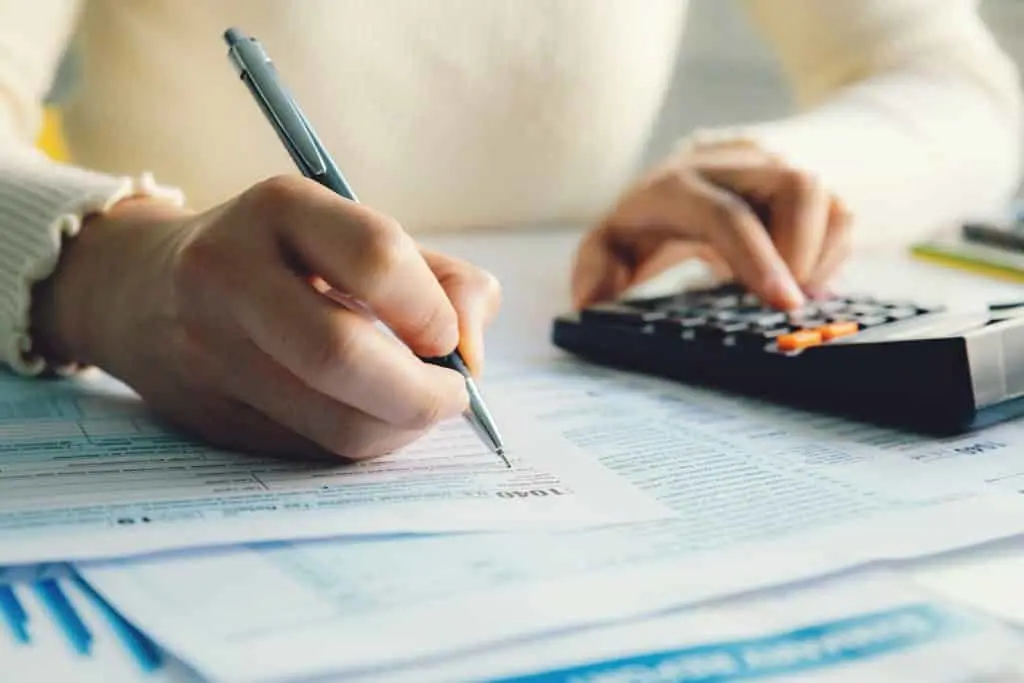
Declaring your dividend income
You declare dividend income in your Self Assessment tax return, along with the rest of your taxable income.
Dividend income from ISAs
Individual Savings Accounts (ISA) are a tax-efficient way of saving used by many people. You don’t pay income tax on the interest or dividend income you receive from ISAs. Dividend income received from ISAs is not included as part of your income tax calculations.
FAQs
What are the new dividend tax rates?
From 6 April 2023 the tax-free allowance for dividend income reduced from £2,000 to £1,000.
My business is a limited company, can it pay me dividends?
Yes, if you are a shareholder in the company. You can receive income from your business as both dividends and salary.
How much tax do you pay on dividends?
This depends on whether you are in the basic rate, higher rate or additional-rate tax band for income tax.
Is the dividend tax allowance different from the Personal Allowance?
Yes. The dividend tax allowance of £1,000 is separate from the £12,570 Personal Allowance. If you receive income from both dividends and a salary then your total tax allowance is £13,570.
Ready to take your business to the next level?
We can help you get there
DISCLAIMER
This is information – not financial advice or recommendation. The content and materials featured or linked to on this blog are for your information and education only and are not intended to address your particular personal requirements. The information does not constitute financial advice or recommendation and should not be considered as such. The Checkatrade website is not regulated by the Financial Conduct Authority (FCA), its authors are not financial advisors, and it is therefore not authorised to offer financial advice.
Always do your own research and seek independent financial advice when required. Any arrangement made between you and any third party named or linked to from the site is at your sole risk and responsibility. The Checkatrade blog and its associated writers assume no liability for your actions.
